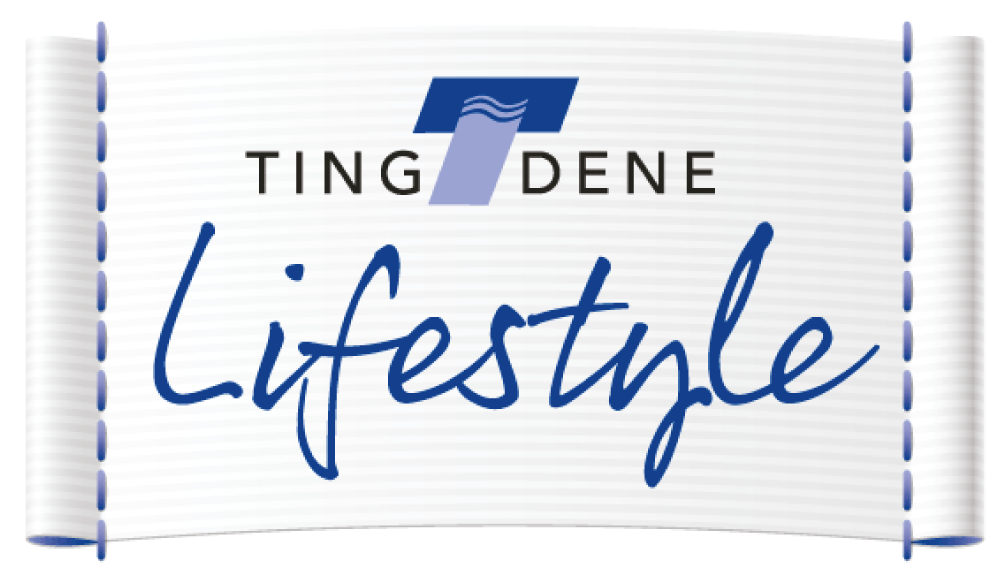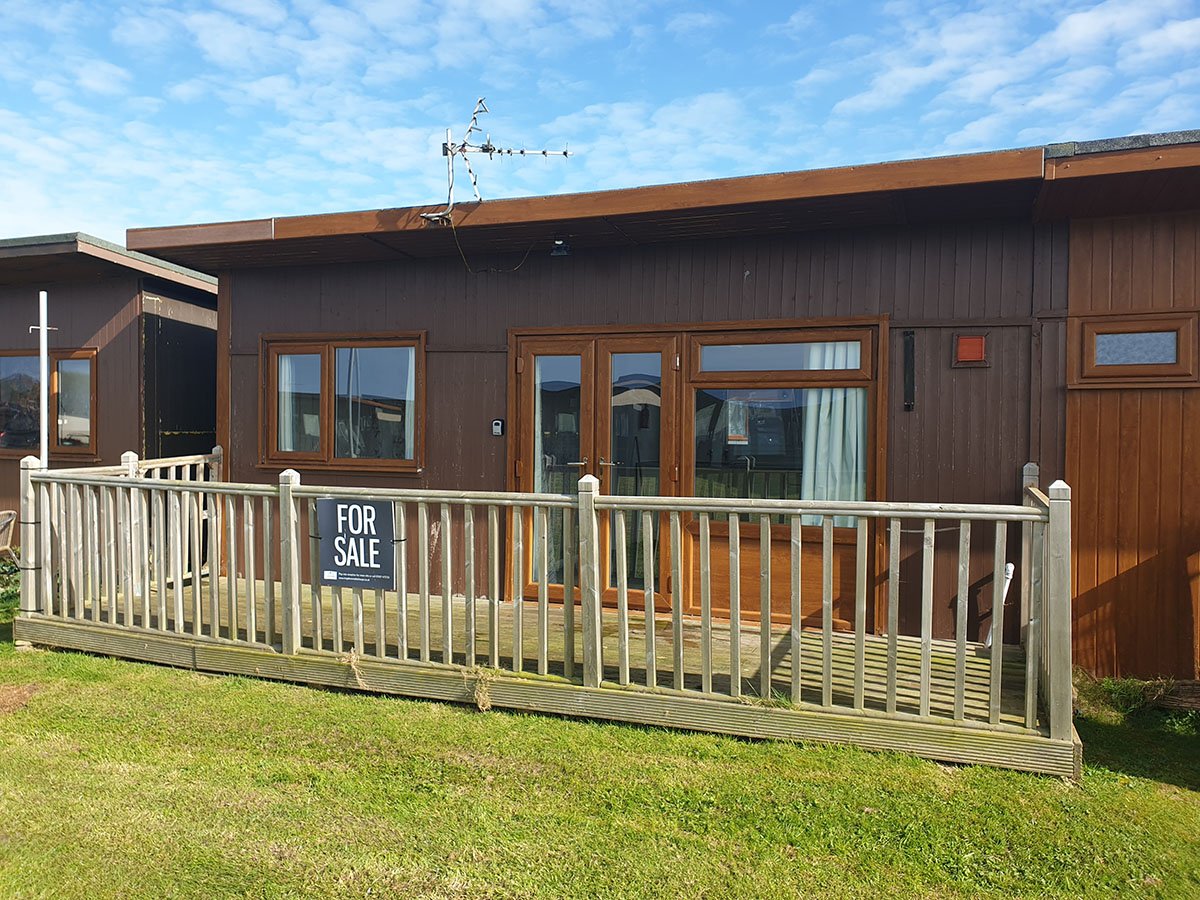The chalet holiday home was generally seen as a popular holiday home construction type in the 1950’s, 1960’s and 1970’s following the post war era, which was the boom period in UK tourism; the first motorways were created giving families easy access to UK seaside destinations, which would have previously taken much longer on smaller, slower A roads. We explore why investing in a timber chalet in 2021 gets you lots of bang for your buck and presents a mini grand designs opportunity for a bespoke refurbishment for the 21st century…
Interior design ideas where there is no right or wrong, just somewhere to call home.
The chalet holiday home
UK chalets vary considerably, however their construction is usually that of a flat/pitched roof, 2 bedroom property made out of brick and/or timber materials. Chalets vary in price from around £10,000 - £40,000+ depending on the property condition, park, tenure (license or leasehold as an example) and location. If you think about it, unlike a caravan (which is prefabricated and modular in construction), chalet interiors can vary considerably depending on the design styles of the previous owners. With the generally low purchase price cost of a chalet, they represent great value in comparison to a brick-built, freehold cottage on the coast.
Refurbishing a chalet for the modern world
If you are not into creative property refurbishment and the world of interior design, fear not! Of course, many chalets up for sale will generally be completed and ready to move into. Having said that, low purchase costs may be perfect for using some of your unused holiday home budget to make a chalet holiday home bespoke to you and one for the modern world. If a chalet was constructed in the 1970’s, as an example, this may present a great opportunity to redesign the interior with a new bathroom, kitchen & redefine the living space. You can even look at some new interior ideas that echo that past, show your connections to the seaside and coast, as well as looking to the future with contemporary furniture, fixtures and fittings.
A chalet at Tingdene Mablethorpe in Lincolnshire. Live by the sea or use as a holiday home with a 12 month unrestricted use with a lease.
Eco building and holiday homes
The great thing about a refurbishment of a chalet holiday home means working with something that is already there and built. Some modern new builds in the property world have lashings of concrete. The problem with that is cement being the key ingredient of concrete, which it has a very large carbon footprint. Cement is the glue that makes concrete strong but the process of making cement requires super heating calcium carbonate, or limestone and releases massive amounts of carbon dioxide into the atmosphere. A cedar and timber chalet has a more earthly feel to it and connection to nature, plus it has less environmental impact as you are not building something brand new.
A chalet with a new timber decking at Tingdene Mablethorpe.















